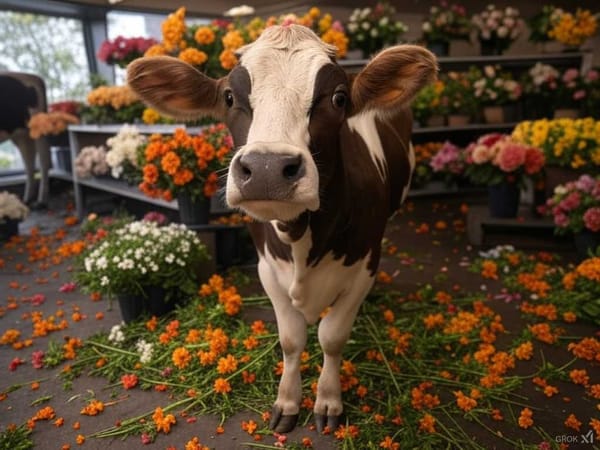How Medieval Women Fit in the Society System
Medieval life was a mosh pit of famines, plagues, and dragons. To survive, you joined the human centipede: guilds, families, anything but the dreaded “wanderer.” Women? They were wives, mothers, daughters — neatly filed in the Dewey Decimal System of societal roles.

The Middle Ages. A time when dragons lurked in the shadows, plagues danced a merry jig across the land, and the concept of “individuality” was about as popular as a leper at a luau. Forget your Descartes and your “I think, therefore I am” nonsense. Back then, it was all about the “we,” the “us,” the big, squishy family of humanity (minus the lepers, obviously).
Sure, the world was a bit like a medieval mosh pit – famine, war, and death thundering in the background like a particularly rowdy heavy metal band. But hey, what better way to weather the storm than with an armful of your kin (real or adopted, it didn't matter – beggars can't be choosers)? Join a guild, huddle in a parish, become part of the human centipede – anything to escape the dreaded fate of the “wanderer,” that tragicomic figure with no lord, no land, and a death certificate pre-signed by anonymity.




